Ada Lovelace Day 2021
Meet the Department STEM Women In STEM 12 October 2021
Ada Lovelace Day (ALD) is an international celebration of the achievements of women in STEM (Science, Technology, Engineering, and Maths). It aims to increase the profile of women in STEM and, in doing so, create new role models who will encourage more girls into STEM careers, and support women already working in STEM. It was founded in 2009 by Suw Charman-Anderson.
Held every year on the second Tuesday of October, it’s an ideal opportunity for us to celebrate our own staff and students from across the Department as we welcome the achievements of all genders and pioneers in science and STEM subjects.
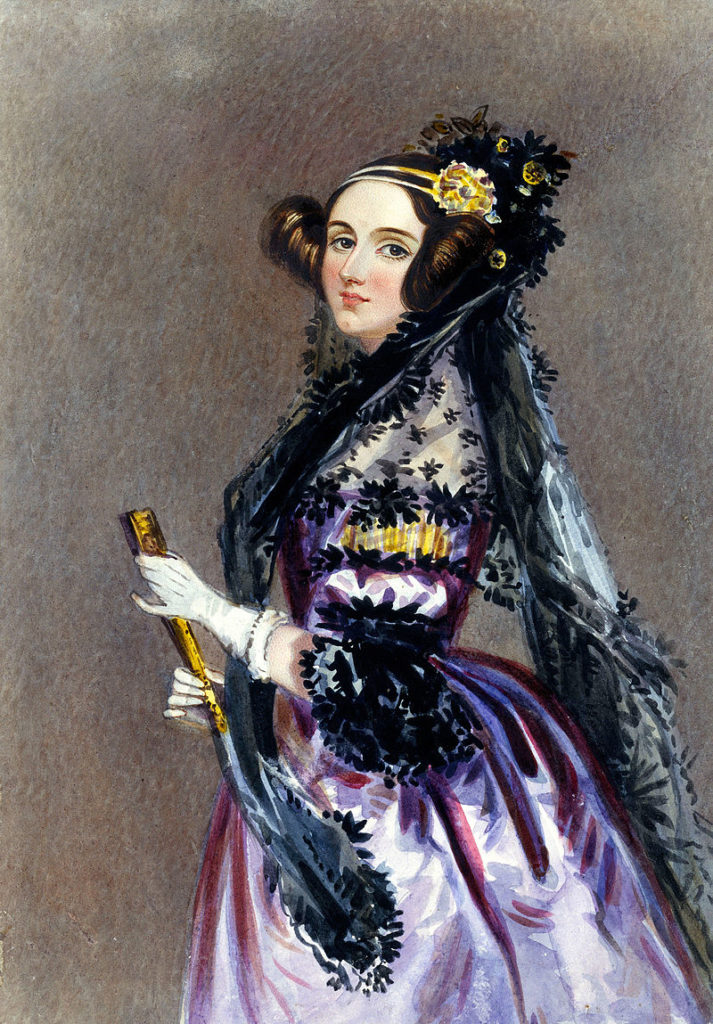
Ada Lovelace (1815-1852),was an English mathematician and writer, who is perhaps best known for her role in (early) computer science, working alongside the scientist Charles Babbage on his proposed mechanical general-purpose computer, the Analytical Engine. Lovelace became interested in Babbage’s machines when she was introduced to him by their mutual friend, author Mary Somerville (a scientific writer of note herself).
Lovelace was the first person to recognise that such a computer could have applications beyond calculation, and is believed to have published the first algorithm intended to be carried out by such a machine. Lovelace is one of the first computer programmers in history, and is often regarded as the first to recognise the full potential of computers.
“It is thanks to the efforts of pioneers like Ada Lovelace that women today can tackle big scientific questions just as well as the men do! In my research I seek to understand how stars form in our galaxy using massive simulations on supercomputers. These simulations use our knowledge of physical forces to investigate how gas is gathered into clouds of molecular gas which then fragment into filaments along which stars form like beads on strings. Ada was one of the founders of computing and such work would never have been possible without her early efforts.”
Rowan Smith, STFC Ernest Rutherford Fellow.
Today we celebrate her contribution. Not only because of her influence in STEM subjects back in the 19th Century (and through to the current day), but also because her passion for science and technological vision of the future is one to aspire to. And here at the Department of Physics & Astronomy we are celebrating the contribution of our staff and students by asking them about the scientists who have inspired them. We asked them three questions:
- Which female physicist/scientist inspires you?
- What’s your favourite part of being a scientist?
- What is one thing that people would be surprised to know about you?
Here are just a few of the answers!
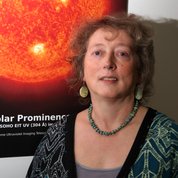
Philippa Browning, Professor of Astrophysics
Jocelyn Bell Burnell. As well as being a brilliant astrophysicist, and famously discovering pulsars, she has worked tirelessly to support the careers of women in astronomy and physics. Her determination to pursue her career in astrophysics despite the huge obstacles that women faced not so long ago (and actually, still face to this day) is an inspiration.
I enjoy collaborating with others to solve problems and understand how the universe works. Most of the breakthroughs in physics are a collective effort from communities of researchers, and I love being part of that.
I have a large collection of cat postcards on the wall of my office.
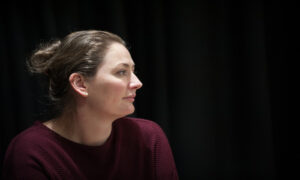
Anna Scaife, Professor of Radio Astronomy; Head, Interferometry Centre of Excellence
There are lots of modern female scientists who inspire me. Historically, I find Cecilia Payne-Gasposchkin very impressive, not only for her ground breaking work in astrophysics but also because she broke through a lot of barriers that faced female scientists at the time.
Working with research students is the best part of my job. I enjoy the variety of science that is possible, from undergraduate projects to PhDs, hearing how people interpret results differently and how everyone can bring a unique perspective to a project. Students in particular are important in collaborations because they tend to have very fresh points of view and often challenge you to explain your own conclusions in a more detailed manner than you might to a more seasoned researcher.
Probably that I didn’t always want to be a physicist/astronomer, I guess. It wasn’t really until the final year of my undergraduate degree that I decided to give it a try. Before then I mainly wanted to be an archaeologist – and even now I still periodically wonder about doing a second degree in archaeology.
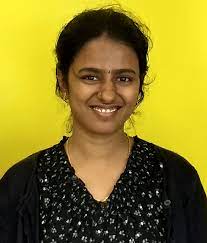
Radha Boya, Royal Society University Research Fellow and Kathleen Ollerenshaw Fellow
My scientific hero is Marie-Sklowdoska Curie. Both her story, and that of her discoveries with unwavering passion towards science is my inspiration. It is hard to imagine at the time where there were not many role models of women in science, to pursue science amidst all the difficulties, for a scientist to raise to be Nobel Prize winner.
I get to work with highly talented, smart scientists from various career stages. Starting from summer intern who is an undergraduate student, to a senior professor who is a director of an institute, and even a Nobel Laureate.
I wanted to be a civil servant, and never aspired to be a scientist. Well, once I got exposure to scientific pursuits, I never looked back on that!
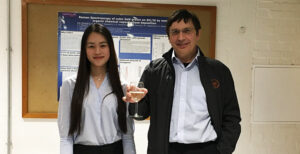
Qian Yang, Leverhulme Early Career Fellow
The most famous one is Marie Curie. I just realize that I actually don’t know too many female physicists, that’s a pity.
It is exciting to work on the most advanced science frontier, knowing that every discovery of my work in the lab would contribute to technological development. And there isn’t a tight time schedule to follow, so freedom!
Erm, let’s keep it a mystery!
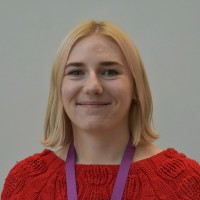
Astrid Weston, EPSRC Doctoral Prize Fellow
A female scientist that inspires me is Donna Strickland, the first female to win a Nobel Prize in physics for 55 years, it still blows my mind that there are still only 3 recipients to date.
My favourite part about being a scientist is being the first to discover something and having my work recognised by scientists that I look up to.
Something that does surprise people is that I failed GCSE Physics and wasn’t actually allowed to study physics at A-level and now I am starting an EPSRC Doctoral Prize Fellowship carrying out my own research in physics.
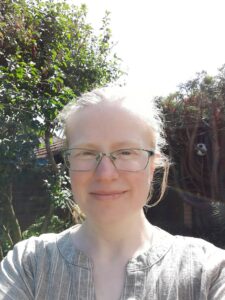
Rowan Smith, STFC Ernest Rutherford Fellow
Jocelyn Bell – Her work on pulsars as a PhD student was completely ground breaking.
Having the freedom to investigate your own ideas and just play around with data to see what it shows you.
To find out more about Ada Lovelace Day and the events being held in person and online by Finding Ada, visit their website here.
Ada LovelaceAda Lovelace DayMeet the DepartmentMeet the staffSTEMWomen in STEM


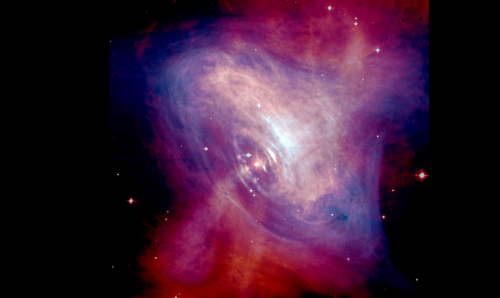
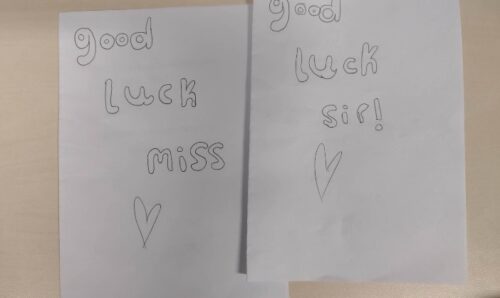
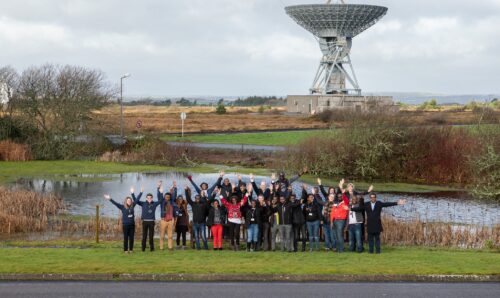
Leave a Reply